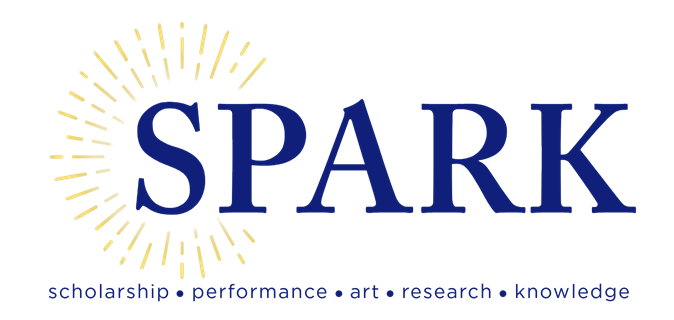
[Archive] Belmont University Research Symposium (BURS)
Publication Date
2024
College
Sciences and Mathematics, College of
Department
Chemistry and Physics, Department of
BURS Faculty Advisor
Dr. Davon Ferrara
Presentation Type
Poster Presentation
Abstract
Colloidal metal nanoparticles (NPs) have historically been an important component of many technologies and applications from ancient Roman pottery to modern medicine. They can be synthesized from metal salt solutions by the reduction of the metal ion to induce the formation of particulates and a capping agent to limit the size of their growth. In recent years, with an increasing interest in green chemistry, there has been an effort to find and understand synthesis methods using biologically-produced reducing and capping agents. One such method reported in the literature synthesizes gold NPs using honey, often for medical applications. The monosaccharides glucose and fructose make up 70-75% of honey are believed to be the primary reducing agents for the reaction. This research aims to determine which components of honey are most effective at producing gold NPs and the effects of temperature and concentration on the synthesis. The NPs were reduced from an aqueous solution of gold chloroauric acid and mixed with a solution of either honey, glucose, fructose, or both glucose and fructose. Previous research was conducted by altering the concentration of the honey solution, as well as the temperature at which the reaction proceeded. Currently, corrective techniques are being put in place to optimize the procedure further by adjusting the stir speed and taking a more analytical approach to temperature adjustment. The formation of NPs were confirmed and analyzed using UV-Visible transmission spectroscopy to observe the formation of the localized surface plasmon resonance (LSPR) between 500-600 nm characteristic of Au NPs. Our results also indicate that an optimum concentration of honey and higher temperatures both lead to better NP formation, and furthermore that an optimal stir speed is present between 200-300 rpm, where nanoparticles are not only forming, but also presenting unique antifungal properties, a possible enhancement to its antimicrobial properties for medicinal use.
Recommended Citation
Alvarnaz, Lydia, "Optimization of Honey-Synthesized Gold Nanoparticle Procedure" (2024). [Archive] Belmont University Research Symposium (BURS). 430.
https://repository.belmont.edu/burs/430



Comments
This poster has previously been presented, but as work is being continued on the research project, can and will be updated with pertinent information as to the new focus of the experiment: optimization of technique.